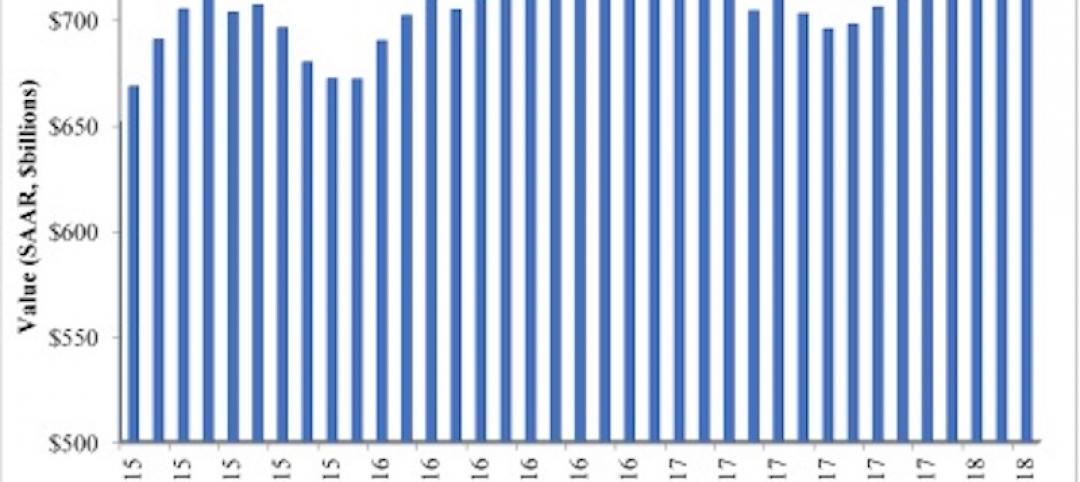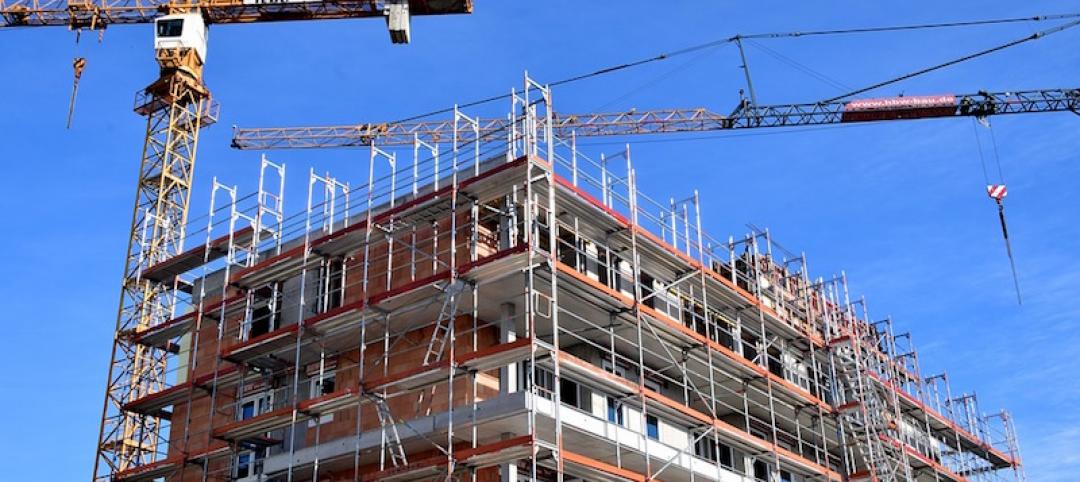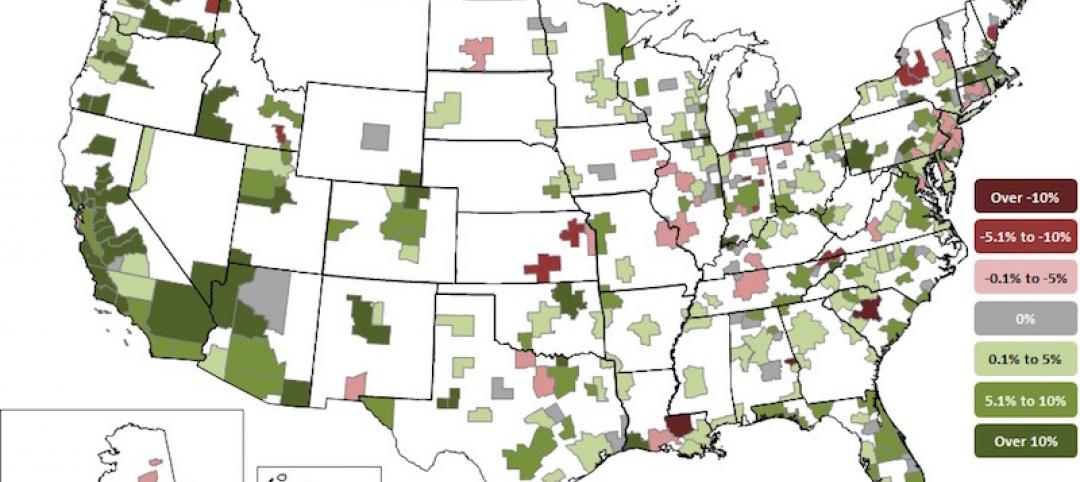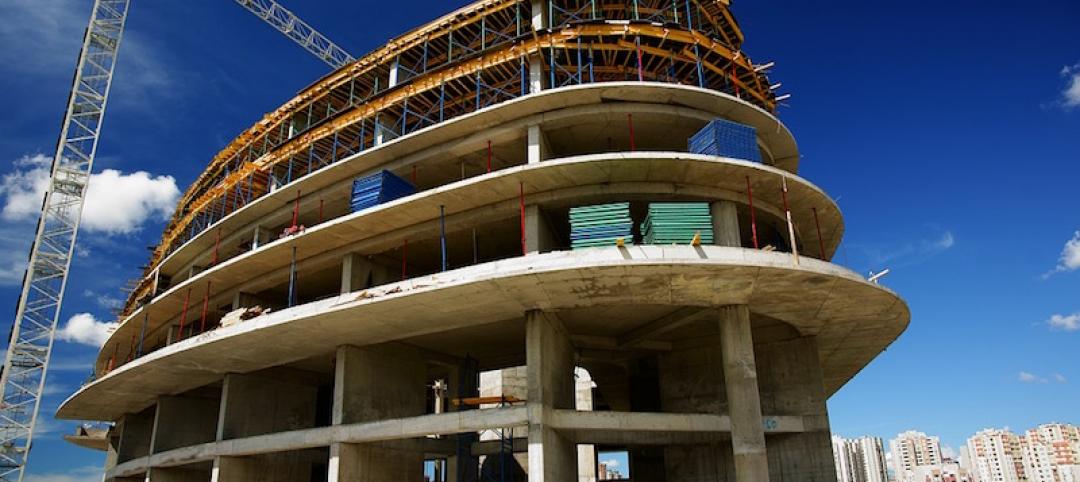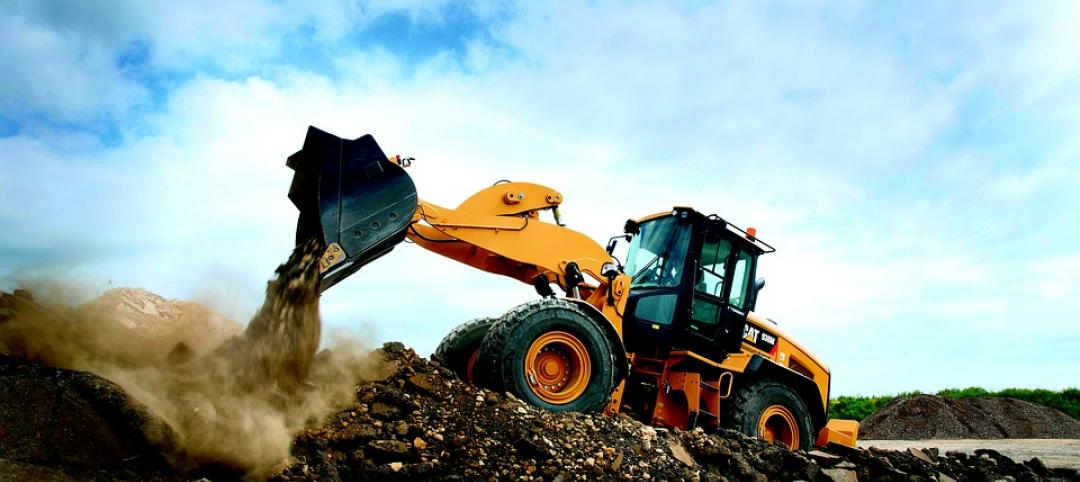The Q3 2018 USG Corporation + U.S. Chamber of Commerce Commercial Construction Index (Index) released today indicates skilled labor shortages will have the greatest impact on commercial construction businesses over the next three years. The report revealed 88% of contractors expect to feel at least a moderate impact from the workforce shortages in the next three years with over half (57%) expecting the impact to be high/very high.
The skilled labor shortage has been consistently identified as a major issue facing the industry, but it is now reported by 80% of contractors to be impacting worker and jobsite safety. In fact, the Q3 report found that a lack of skilled workers was the number one factor impacting increased jobsite safety risks (58%).
"The commercial construction industry is growing but the labor shortage remains unresolved," said Jennifer Scanlon, president and CEO of USG Corporation. "As contractors are forced to do more with less, a renewed emphasis on safety is imperative to the strength and health of the industry. It continues to be important for organizations to build strong and comprehensive safety programs."
As contractors grapple with a scarcity of skilled workers, findings show a majority are working to improve the overall safety culture on the jobsite (63%) and at their firm's offices (58%). However, the indicators that were reported to have the highest impact on improving safety culture and outcomes are those that engage employees throughout the organization. This includes developing training programs for all levels of workers (67%), ensuring accountability across the organization (53%), empowering and involving employees (48%). Other indicators reported include improving communication (46%), demonstrating management's commitment to safety (46%), improving supervisory leadership (43%) and aligning and integrating safety as a value (42%).
In addition to the skilled labor shortage, the report found addiction and substance abuse issues are a factor in worker and jobsite safety. Nearly 40% of contractors are highly concerned over the safety impacts of worker use/addiction to opioids, followed by alcohol (27%) and marijuana (22%). Notably, the report showed that while nearly two-thirds of contractors have strategies in place to reduce the safety risks presented by alcohol (62%) and marijuana (61%), only half have strategies to address their top substance of concern: opioids, which is a newer growing concern. The opioid epidemic cost our economy $95 billion in 2016, and could account for approximately 20% of the observed decline in men's labor force participation.
"The opioid crisis has both human and economic costs," said Neil Bradley, chief policy officer of the U.S. Chamber. "The U.S. Chamber of Commerce remains committed to helping combat the opioid epidemic, which continues to devastate too many families, communities, and industries every day. While there is no one-size-fits-all answer, a multipronged legislative approach is a critical first step."
Overall contractor sentiment saw a slight boost in optimism with an Index score of 75 in the third quarter – up two points from Q2 2018. The Index looks at the results of three leading indicators to gauge confidence in the commercial construction industry - backlog levels, new business opportunities and revenue forecasts – generating a composite index on the scale of 0 to 100 that serves as an indicator of health of the contractor segment on a quarterly basis.
The Q3 2018 results from the three key drivers were:
— Backlog: Optimal backlog rose from 73 to 81, the largest change in any of the three components of the CCI in the last six quarters. The average current backlog was 10.3 months, up from 9.3 last quarter.
— New Business: The level of overall confidence was 74, relatively steady quarter-over-quarter (75 in Q2 2018) but down two points since Q1 (76).
— Revenues: Expectations slipped from 72 to 69, the most notable change coming in a decrease in the percentage of contractors who now expect an increase in revenues, which dropped from 83% to 72%.
The research was developed with Dodge Data & Analytics (DD&A), the leading provider of insights and data for the construction industry, by surveying commercial and institutional contractors.
Related Stories
Market Data | May 2, 2018
Construction employment increases in 245 metro areas between March 2017 & 2018, as trade fights & infrastructure funding shortfalls loom
Houston-The Woodlands-Sugar Land, Texas and Weirton-Steubenville, W.Va.-Ohio experience largest year-over-year gains; Baton Rouge, La. and Auburn-Opelika, Ala. have biggest annual declines.
Market Data | May 2, 2018
Nonresidential Construction down in March, private sector falters, public sector unchanged
February’s spending estimate was revised roughly $10 billion higher.
Market Data | Apr 30, 2018
Outlook mixed for renewable energy installations in Middle East and Africa region
Several major MEA countries are actively supporting the growth of renewable energy.
Market Data | Apr 12, 2018
Construction costs climb in March as wide range of input costs jump
Association officials urge Trump administration, congress to fund infrastructure adequately as better way to stimulate demand than tariffs that impose steep costs on contractors and project owners.
Market Data | Apr 9, 2018
Construction employers add 228,000 jobs over the year despite dip in March
Average hourly earnings increase to $29.43 in construction, topping private sector by nearly 10%; Association officials urge updating and better funding programs to train workers for construction jobs.
Market Data | Apr 4, 2018
Construction employment increases in 257 metro areas between February 2017 & 2018 as construction firms continue to expand amid strong demand
Riverside-San Bernardino-Ontario, Calif. and Merced, Calif. experience largest year-over-year gains; Baton Rouge, La. and Auburn-Opelika, Ala. have biggest annual declines in construction employment.
Market Data | Apr 2, 2018
Construction spending in February inches up from January
Association officials urge federal, state and local officials to work quickly to put recently enacted funding increases to work to improve aging and over-burdened infrastructure, offset public-sector spending drops.
Market Data | Mar 29, 2018
AIA and the University of Minnesota partner to develop Guides for Equitable Practice
The Guides for Equitable Practice will be developed and implemented in three phase.
Market Data | Mar 22, 2018
Architecture billings continue to hold positive in 2018
Billings particularly strong at firms in the West and Midwest regions.
Market Data | Mar 21, 2018
Construction employment increases in 248 metro areas as new metal tariffs threaten future sector job gains
Riverside-San Bernardino-Ontario, Calif., and Merced, Calif., experience largest year-over-year gains; Baton Rouge, La., and Auburn-Opelika, Ala., have biggest annual declines in construction employment.




